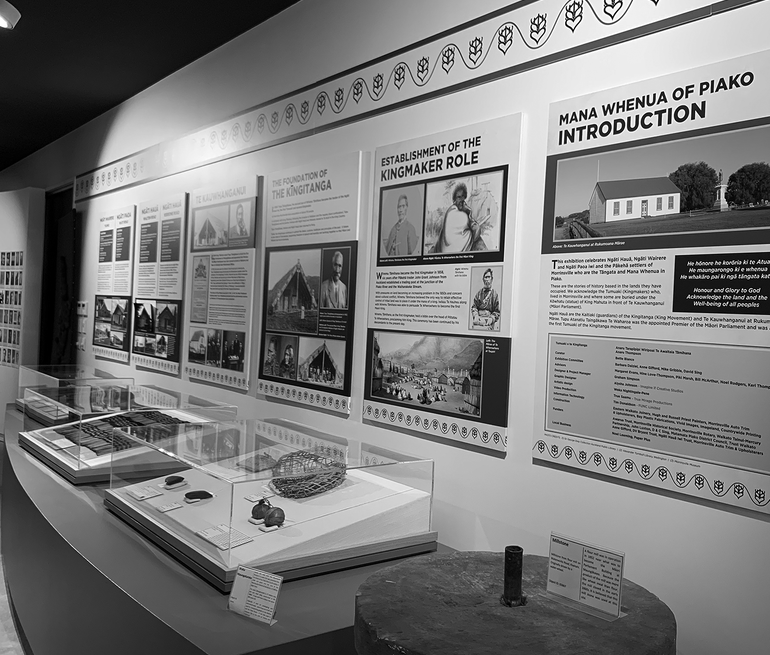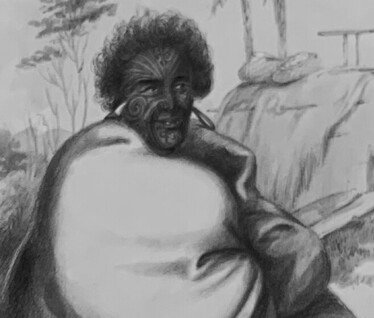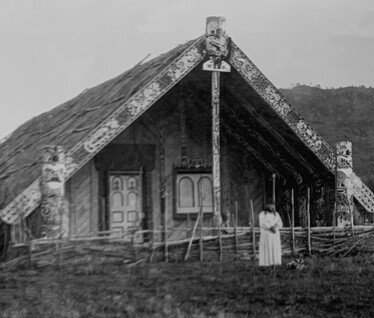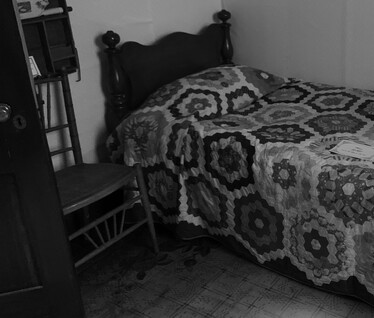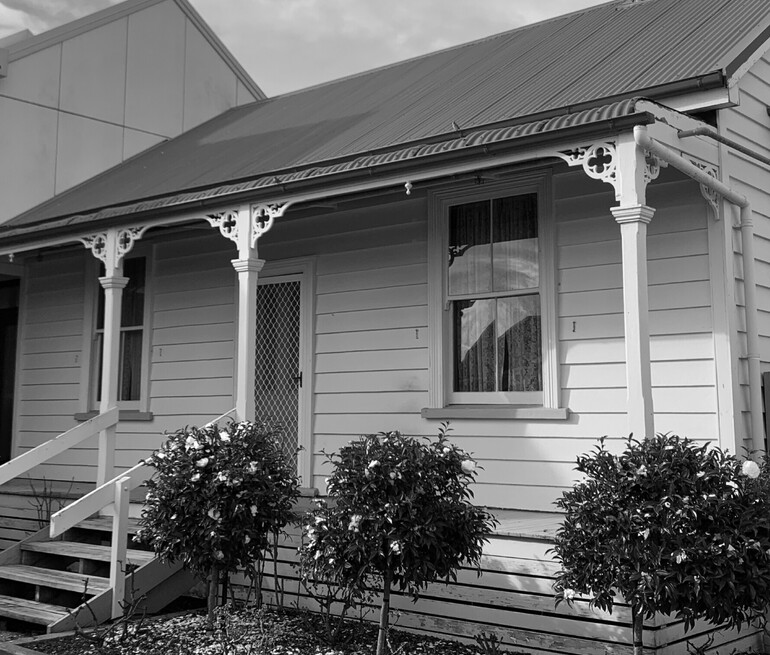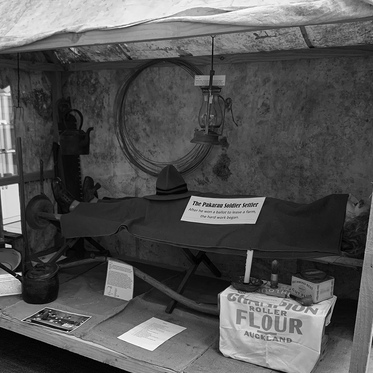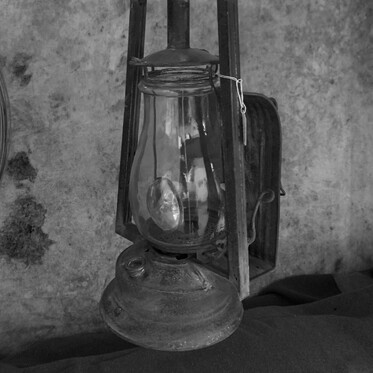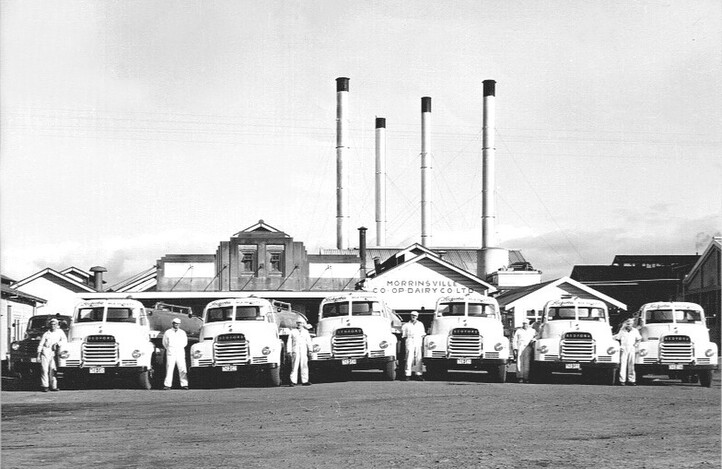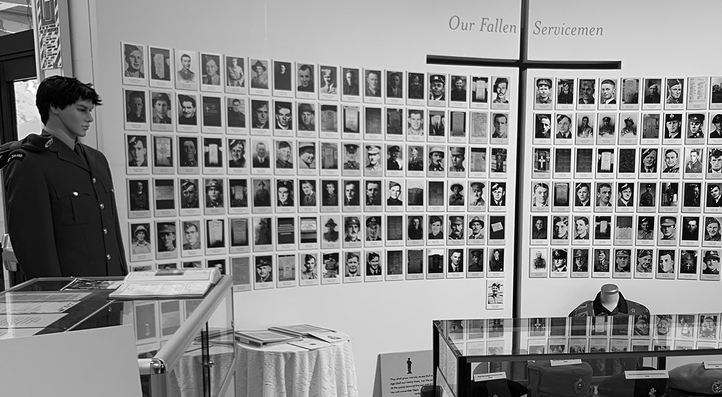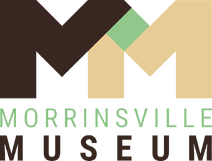Exhibitions
View Morrinsville Museum's range of exhibitions and displays
Mana Whenua o Piako
This unique exhibit opened in 2018, after more than nine years in the making. It tells the story of the area’s connection to the Kaiwhakawāhi Kīngi (Kingmakers) and the Tumuaki (Premier of Maori Parliament). Nine Kingmakers from six generations are descendants of Wiremu Tamihana, all of whom have lived and/or worked in Morrinsville during their lifetimes.
With one exception, all the Kingmakers have been laid to rest in the same place, around the base of Kīngi Mahuta’s statue beside Te Kauwhanganui at Rukumoana Marae, located just outside Morrinsville.

McDonald Cottage is a genuine pioneer cottage of the district. It was built at Kiwitahi in 1873 and was the home of Mr and Mrs Thomas McDonald.
The cottage was shifted to the Museum complex in Lorne St in 1972. In 2009 it was relocated to its new home in Canada St. The interior is complete with furniture and decorative features typical of the style of 1900, with some of the McDonald family’s original items remaining in the cottage today. The McDonald Cottage is incorporated into the museum exhibition and can be viewed as part of your tour of the museum.

Soldier's Settlement
In 1915 the New Zealand Government passed the Discharged Soldier Settlement Act, the first of its kind in the British Empire, which enabled soldiers to enter a ballot to lease land with which to farm. This Act allowed the Government to purchase land.
The country’s first settlement was just outside Morrinsville and named the Pakarau Settlement. The land was divided into 23 sections, with the first ballot taking place in December 1916 and the first settlers arriving shortly thereafter in 1917. The soldiers who were ill or wounded found breaking in the new land extremely hard work, and some had to relinquish their farm for a different way of life.
Ron Cochrane pitched his tent on his land in January 1917.
Come in to read the rest.

Across the road from the Morrinsville Museum is a waka that was excavated from the banks of the Piako River by J.W. Hedley in 1908 and given into the care of the Morrinsville Historical Society Inc. in 1968 by Ngāti Paoa.
The waka (Maungaturoto) is 17 metres long and was most likely constructed in the 1860s. It was built from a tōtara tree about 800 years old.
Originally it was an ‘ocean-going’ and ceremonial waka. Later it was cut in half and used for transporting goods on the Waihou and Piako Rivers. It was also used to transport flax to the mills at Tahuna and Patetonga.
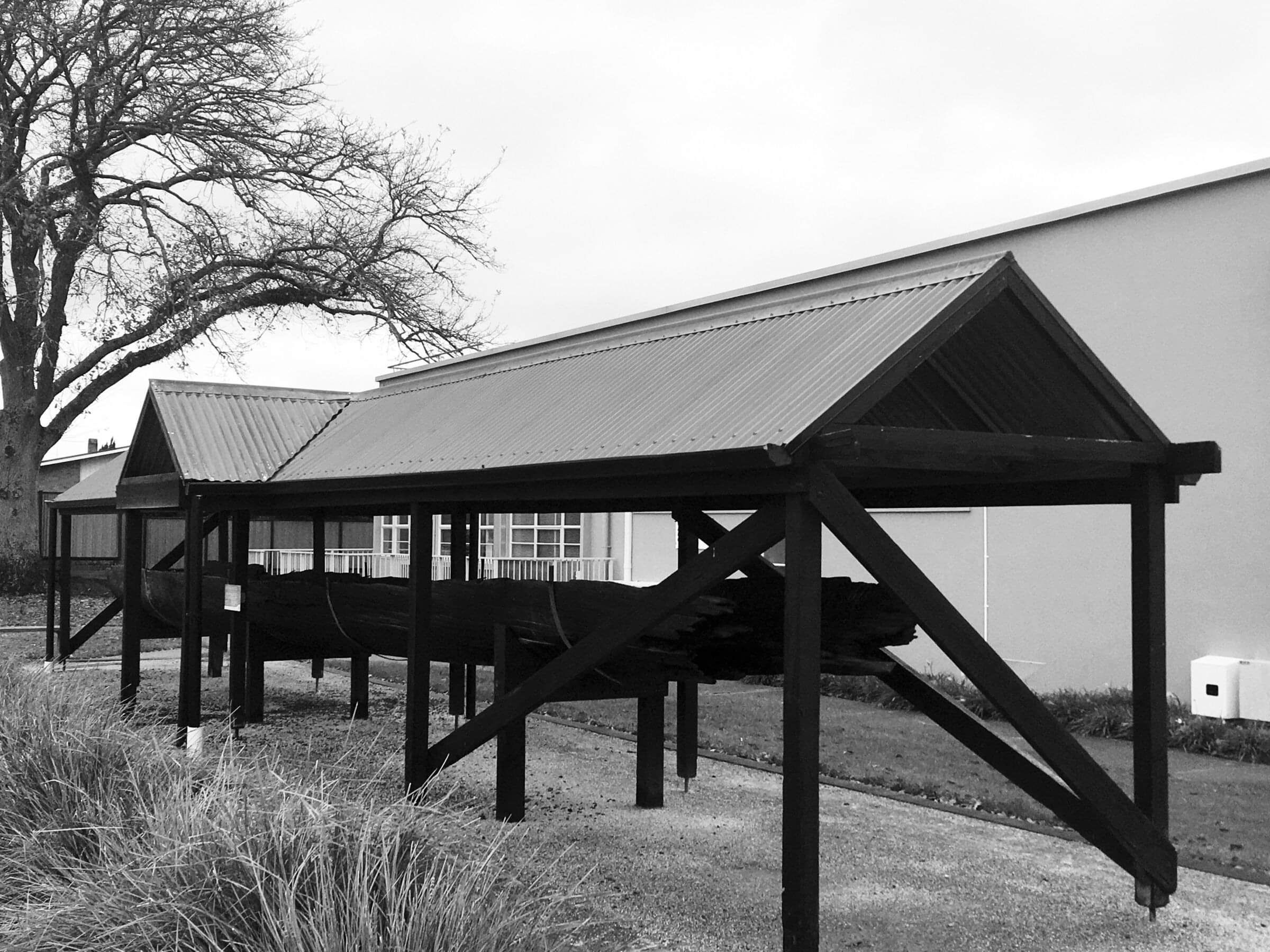

Several natural advantages and key events in the Morrinsville area saw it evolve into a dairying region that is one of the most productive in the world.
Environmental factors include the richness of the soil, formed by deposits laid by the channels of the Waikato River, as it flowed through these lands out to the Hauraki Gulf. There is also consistent rainfall across the area, which supported the growth of grass.
Then there were the large blocks of land purchased by Thomas Morrin, which fell to the Assets Realisation Board during the depression in the late 1880s. The land was then broken up into smaller parcels and auctioned off to individual farmers.


Morrinsville Museum
41 Canada Street, Morrinsville (opposite the Public Library)
P. 07 889 4190
E. info@morrinsvillemuseum.org.nz
Opening Hours
- Monday to Friday from 11.00am to 4.00pm
- First Saturday of the month open for Morrinsville Market Day from 9.00am to 1.00pm
- Sunday from 11.00am to 3.00pm.


